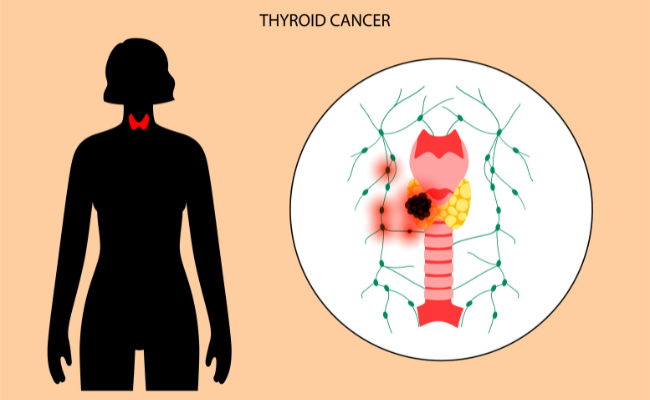How to Treat Endoscopy?
- November 11, 2023
- No Comments
What is Endoscopy?
Endoscopy, a pivotal technique in contemporary healthcare, combines diagnostic and therapeutic capabilities. It employs an endoscope—a flexible tube with a light source and camera—enabling healthcare professionals to visually inspect the interiors of hollow organs. This innovative approach provides crucial insights into the functionality and condition of internal structures. Furthermore, endoscopy entails the insertion of a slender tube directly into the body for intricate observation of organs, especially the gastrointestinal tract. Beyond observation, doctors utilize endoscopy for diverse medical tasks, including imaging and surgical procedures, showcasing its multifaceted role in modern medical practices.
Why is Endoscopy Necessary?
The necessity of endoscopy arises from its role as a powerful diagnostic tool. It serves as a crucial means of investigating and understanding a spectrum of symptoms and conditions affecting internal organs. When faced with unexplained abdominal pain, gastrointestinal bleeding, difficulty swallowing, or persistent heartburn, healthcare providers often turn to endoscopy to unravel the mysteries within. Moreover, endoscopy becomes essential for detecting and removing abnormal tissues or growths, ensuring early intervention in cases where prompt action is imperative.
How is Endoscopy Performed?
The procedure, though intricate, follows a well-defined series of steps:
- Preparation: Before the endoscopy, patients may be required to fast for a specific duration, particularly for gastrointestinal endoscopies.Bowel preparation might be necessary to ensure a clear visual field for the examination.
- Anesthesia: While endoscopy is generally well-tolerated, sedation or anesthesia is often administered to enhance patient comfort and cooperation.
- Insertion of Endoscope: The endoscope, with its camera and light, is introduced through a natural body opening, such as the mouth or anus, or through a small incision.As it advances, the camera captures real-time images, transmitting them to a monitor for examination.
- Visual Examination: With the endoscope in place, healthcare professionals navigate it through the targeted organ, scrutinizing the interior for any abnormalities.Special tools may be passed through the endoscope for procedures like biopsy or the removal of polyps.
- Post-Procedure: Following the examination or any necessary interventions, the endoscope is carefully withdrawn.Patients are monitored as they recover from the effects of sedation or anesthesia.
Treatment Solutions for Endoscopy:
- Biopsy: In cases where abnormal tissues or lesions are identified, a biopsy may be performed to collect a small sample for further laboratory analysis.This crucial step aids in determining the nature of the abnormality and guides subsequent treatment decisions.
- Polyp Removal: Endoscopy is not just a diagnostic tool; it serves as a therapeutic intervention by allowing for the removal of polyps or abnormal growths.This not only provides valuable diagnostic information but also eliminates potential sources of concern.
- Treatment of Gastrointestinal Bleeding: Endoscopy is instrumental in identifying and treating sources of gastrointestinal bleeding, such as ulcers or varices.Procedures like endoscopic hemostasis may be performed to halt ongoing bleeding.
- Dilation of Structures: In cases where a narrowing or stricture is present, endoscopy can be utilized to dilate or stretch the affected area.This procedure helps alleviate symptoms and improves the overall function of the organ.
Benefits of Endoscopy:
- Accurate Diagnosis: One of the primary benefits of endoscopy is its ability to provide a direct and accurate visualization of internal organs, facilitating the diagnosis of various conditions.
- Early Detection of Abnormalities: Early detection is often pivotal in effective medical management. Endoscopy allows for the early identification of abnormalities such as tumors, polyps, and inflammation, enabling timely and appropriate intervention.
- Minimally Invasive: Compared to traditional surgical methods, endoscopy is a minimally invasive procedure, resulting in less discomfort for patients and a quicker recovery time.
- Customized Treatment: Based on the findings during endoscopy, healthcare professionals can tailor treatment plans to the specific needs of the patient. This personalized approach enhances the effectiveness of medical interventions.
- Direct Intervention: Endoscopy facilitates direct intervention during the same procedure, such as biopsy or polyp removal. This eliminates the need for additional, more invasive measures and streamlines the diagnostic and therapeutic process.
- Patient Comfort: Through the administration of sedation or anesthesia, patients experience minimal discomfort during the procedure, contributing to a positive overall experience.
- Monitoring Treatment Response: For certain conditions, follow-up endoscopies may be performed to monitor the effectiveness of treatment and make necessary adjustments. This ongoing assessment ensures that the chosen interventions continue to address the patient's health needs.









Comments (0)
No comments yet